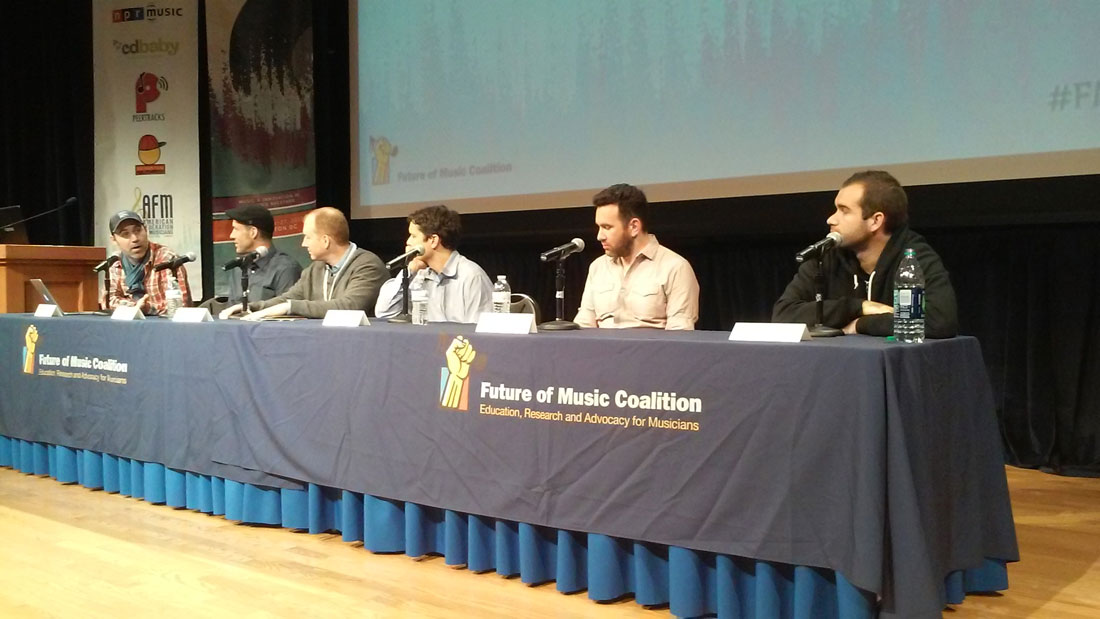WASHINGTON – Direct-to-fan is a multi-billion dollar missed opportunity for many artists who are stuck in the old “if you build it they will come” business model.
Direct-to-fan turns that old model on its head – ask your best fans what they want and how they want it delivered before offering something that may or may not meet their needs.
“Direct-to-fan is, to me, going to be how 17 percent of music consumers interact with music,” said Benji Rogers, president and founder of PledgeMusic, a direct-to-fan music platform aimed at bringing music fans into the music-making process. “The fact that we haven’t gotten there yet is painful because … $2.6 billion a year is left on the table simply because fans can’t get the music and offerings and experiences in the way of their choosing.”
The PledgeMusic president, who spoke recently at the Future of Music Policy Summit, said most musicians and music companies create products – concerts, vinyl records, T-shirts – with little research on what fans want.
“Why would you go and make a product not knowing its market and then sell it?” he asked.
While his company is one tool artists can use to leverage that direct-to-fan model, his advice for artists went beyond hiring a direct-to-fan marketer.
“If you have a social media platform or a thousand people on your email list, say to [the fans], ‘We were thinking of making vinyl. Would you like it?’ And if they say ‘yes,’ make it for them,” he said. “Don’t make it and then say, ‘Would you like to buy?’”
Instead, by collecting data on fan interests before creating a product, the artist can use this data to funnel the right offers to the right fans.
For example, if a band has a list of phone numbers from a group of “superfans,” a text message can be sent to fans in specific area codes letting them know that the band will be playing at a show near them. The same can be done with an email list or through geo-located Twitter accounts.
Rogers cited the video game industry as a model to follow. King Digital Entertainment PLC, the company behind the popular mobile puzzle game Candy Crush, has more than 8 million users. However, only about 8,344 made in-app purchases at least once per month during the company’s 2014 fourth quarter, according to its financial statement. Those in-app purchasers, however, enabled the company to make more than $500 million during that period, as they were targeted for more and more in-app purchases, such as extra lives and moves, color bombs, lollipop hammers and gold bars.
For Rogers, the transition to direct-to-fan marketing in music is just a matter of time. “The question is: how long do the artists and managers want to remain in the pain of not delivering it yet?”
To see this post on reverb.com, click here

